Have you ever found yourself at an ice cream counter spending longer than what’s probably normal debating which flavors to choose? Should you go with your tried and true favorite or try something a little more adventurous this time? The employee’s flavor recommendations throw you for a loop and now you’re debating between six flavors trying to whittle it down to one.
Analysis paralysis causes us to lose sight of an objective out of too much choice or overthinking, except sometimes the stakes are higher than your weekend ice cream fix. This phenomenon can make it difficult for us to make important decisions in choosing careers, moving forward in projects, and meeting deadlines.
In this blog post, we’ll look at analysis paralysis on a deeper level to understand what it is, how it affects us, and tips you can use to overcome it, whether you’re at an ice cream counter or planning an important project. We’ll also examine how a platform like monday work management can make the decision-making process simpler.
Get startedWhat is analysis paralysis?
Analysis paralysis is the feeling of being unable to choose due to overthinking to the point where it becomes too difficult to make a decision. This often occurs when we’re presented with too many options to choose from or when we’re continuously looking at different information before settling on one final choice.
When it comes to dealing with analysis paralysis, what we’re essentially facing is anxiety over indecision. Rather than opting for the best choice, although maybe not a perfect solution, based on specific parameters, we become paralyzed by the fear of making a bad decision.
People who face analysis paralysis might feel confused or overwhelmed with the details they’re considering to make a decision. This can leave us in a state where our confidence is shaken and we’re unable to move forward. When it comes to work, this can be a big challenge since it can leave tasks unfinished and deadlines unmet.
How do the effects of analysis paralysis impact you?
Analysis paralysis tends to hold us back from achieving our goals. The time we spend considering decisions and going back and forth between options would be much better used on putting a chosen plan into action instead.
Here are a few consequences of analysis paralysis at work:
- Lowered performance: Overthinking slows down your ability to take action, which can in turn delay project timelines, reduce productivity, and affect your performance overall.
- Blocks creativity: Spending too much time analyzing every possibility can stifle creativity. The fear of making the wrong choice can discourage employees from experimenting with innovative ideas or finding creative solutions to problems that may arise as a result of the option they choose.
- Increased stress and burnout: Constantly weighing different choices without settling on one can make you feel more stressed and fatigued, increasing the possibility of burnout. With too much pressure to make the “right” choice, either from yourself or external players, it’s easy to feel overwhelmed more quickly, even from a simple to-do list.
- Missed opportunities: Spending too much time evaluating options can eventually lead to missed opportunities. Being overly cautious or indecisive can lead to losing time, market advantages, and competitiveness.
- Hurts team dynamic: In collaborative spaces, analysis paralysis can slow down group progress when one or more team members are stuck. This can cause frustration in a team, reduce morale, and leave certain team members waiting for decisions that may never come.
5 ways analysis paralysis impacts project management and software development
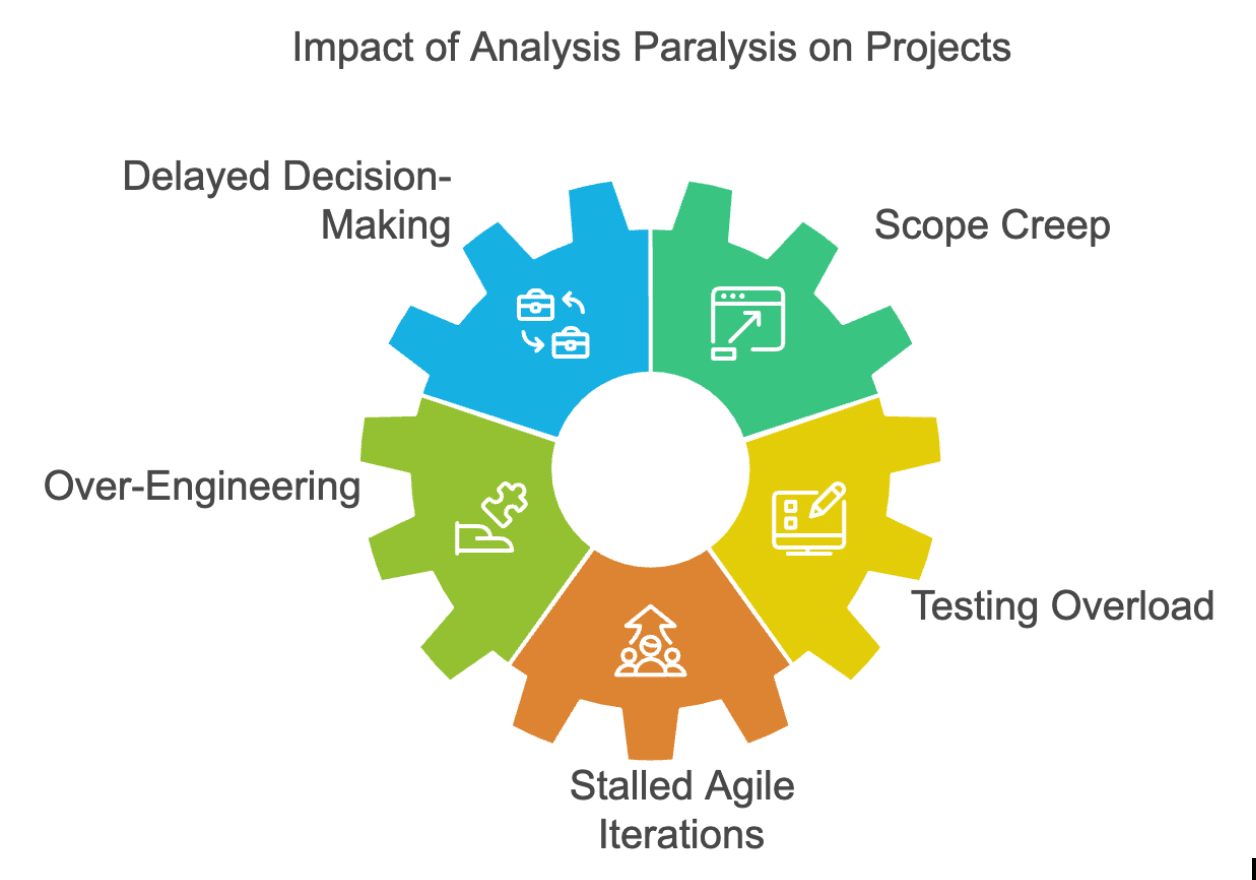
When it comes to managing projects and managing software teams, team members who suffer from choice paralysis can dramatically hold up progress. With projects like software development, teams need to be quick, decisive, and flexible to customers’ changing needs, and when one or more team members can’t make decisions during the development phase, entire projects can be disrupted. Here are a few ways that analysis paralysis affects project management and software development:
- Delayed decision-making: When managing projects, decisions are required at every stage. Project managers or developers facing analysis paralysis can be overwhelmed by knowledge and options, leading to longer discussions and delays in choosing tools, methodologies, distributing resources or advancing features.
- Scope creep: Constantly analyzing potential project requirements can lead to adding more unnecessary features or tasks. Teams that are fixated on accommodating every possible scenario can overcomplicate projects and miss deadlines.
- Over-engineering: In software development, developers can become paralyzed by the desire to create “perfect” code, leading them to constantly revisit and tweak code instead of moving forward. This can be a waste of time and effort, pushing back release dates.
- Testing overload: Analysis paralysis can lead to overly cautious approaches to testing. Developers might feel like they need to cover every possible test case scenario, leading to delays in deployment or release cycles.
- Stalled Agile iterations: Agile methodologies rely on quick iterations and constant feedback loops. Analysis paralysis can hinder this process while teams spend too much time deciding features to prioritize in a sprint, defeating the Agile approach’s purpose.
6 tips to overcome analysis paralysis
Analysis paralysis can be debilitating, especially if it’s something that affects you often. That said, there are ways to overcome it on your own with a few simple tips that you can implement gradually into your day.
1. Simplify quick decision making
To get better at making decisions when it comes to your work, practice making simple decisions in your daily life, such as:
- Where you want to go to eat
- What movie to watch
- What you’re going to wear in the morning
Practicing making quick decisions for low-stakes tasks is a great way to flex your decision-making muscle that’s needed for tackling more challenging tasks. To put quick decision-making into motion, start by setting small time limits of a couple of minutes on simple decisions like choosing what you’re having for breakfast.

He continues – “data plays a big role in interpreting the success of our marketing execution efforts, however we need to accept that there are just some areas of marketing that will remain difficult to track. Brand building is such an area. In this case, I always use common sense; if you’re creating something that adds value to your prospect, and you’re distributing it on a platform that your prospects/customers are on, and you’re managing to get a good impression count, then you’ll have a hard time convincing me that it’s not working.
In addition, with budgets getting tighter, CFO’s are starting to dig into the outcome of marketing spend. If the question, “how many million $ in pipeline was created off that one ad campaign we did on <insert ad platform here?”, you know you’re in trouble.
Finance will typically analyze marketing spend one-dimensionally, rather than looking at the sum of parts (that make the whole), they will review the individual parts and make a case to cut back spending on areas that “aren’t performing”. As a result, you’ll quite often find that the pipeline starts to suffer. Unless you’re in a low-cost, high-volume business, prospects often have numerous touchpoints with a brand before making any buying decision. The more touchpoints you have across more people on those prospect accounts, the more likely you are to influence a decision.
Again, using common sense marketing will help you make more decisions quicker, resulting in more touchpoints for your prospect base.”
Andy Culligan | AndyCulligan.com
2. Set a deadline for a final decision
If you know you’re someone who often gets bogged down by making decisions, decide in advance on a deadline for a final decision, and commit to sticking to it. For example, if you’re deciding on a project management methodology for developing software, give yourself a week to research all the options, consider them, and commit to deciding by Friday at 3:00 pm. Having a specific deadline will give you a target to keep in mind while you’re weighing your options and helps maintain the willpower needed to meet it.
3. Narrow down your options
If you find it difficult to choose one option, begin by eliminating a few at a time. When considering different project management methodologies, instead of focusing on choosing one, focus instead on deciding which methods aren’t compatible with your project. This way, you can already cut out some less desirable choices and build a shortlist. Try and eliminate options regularly, such as one a day, leading up to deadline day when you need to choose between the top two or three options.
In a famous example, Apple CEO Steve Jobs was known for his iconic wardrobe of black turtlenecks, which we wore almost every day. This repetitive wardrobe mentality was also adopted by Mark Zuckerberg and Barack Obama for the same reason: it’s one less decision to make in a day. With so many other important decisions to make, these leaders wanted to remove just one decision a day so they had more brain power to focus on other more important choices.

Krzysztof continues – “This applies not just to customers but also to how teams make strategic decisions. Research from behavioral economics shows that limiting options to just a few well-defined ones can lead to faster, more confident decisions. For example, when choosing between potential growth initiatives, instead of analyzing ten possibilities, narrow it to three based on clear, measurable criteria like ROI or resource availability. Look for the levers that have the highest possible impact and make them the center of your focus.
Do exactly this, and you’ll avoid falling into the trap of endlessly debating marginal differences and focus your energy where it counts. Pairing this approach with a deadline amplifies its impact – clear priorities plus a time limit ensure momentum and prevent stalling. Ultimately, simplicity in decision-making often produces better outcomes because it keeps teams aligned and focused on what truly matters.”
Krzysztof Szyszkiewicz, Partner & Co-founder | Valueships
4. Trust reliable data
Over-analyzing is often what leads us to indecision, and often, this phenomenon is led by emotion rather than reason. We may feel like the wrong decision will have negative consequences so we’re paralyzed out of fear. Rather than listening to emotions to guide choices, look at reliable data instead.
To continue with the project methodology example, you may want to research how teams like yours have succeeded with different methodologies. This way, you can make a choice informed by reliable data and remove your emotions from the equation.
5. Use tools to prioritize based on impact
It’s estimated that the average person makes 35,000 decisions a day, so implementing tools to help us eliminate and automate certain choices can help cut through the noise. Tools such as work management software like monday work management can help you prioritize decisions based on their impact.

You’ll thank yourself, and save countless hours of frustration while exporting data, importing it into a BI tool and building dozens of reports for one-time use.”
Karel Callens, CEO and Founder | Luzmo
6. Take an iterative approach
Productivity and mindfulness expert Leo Babauta adopted an iterative approach to writing the well-known book Writer as Coder.
He broke down the process into these manageable steps, keeping his motivation up, and overwhelm at bay.
- Write a minimum viable book for alpha testers
- Gather feedback
- Implement improvements based on feedback
- Present ideas to a wider audience
- Use all the feedback to write the next version
- Continue feedback cycles even after the book is written
Ultimately the book was more valuable and thus more successful, than if he had spent more time writing 1 perfect version.
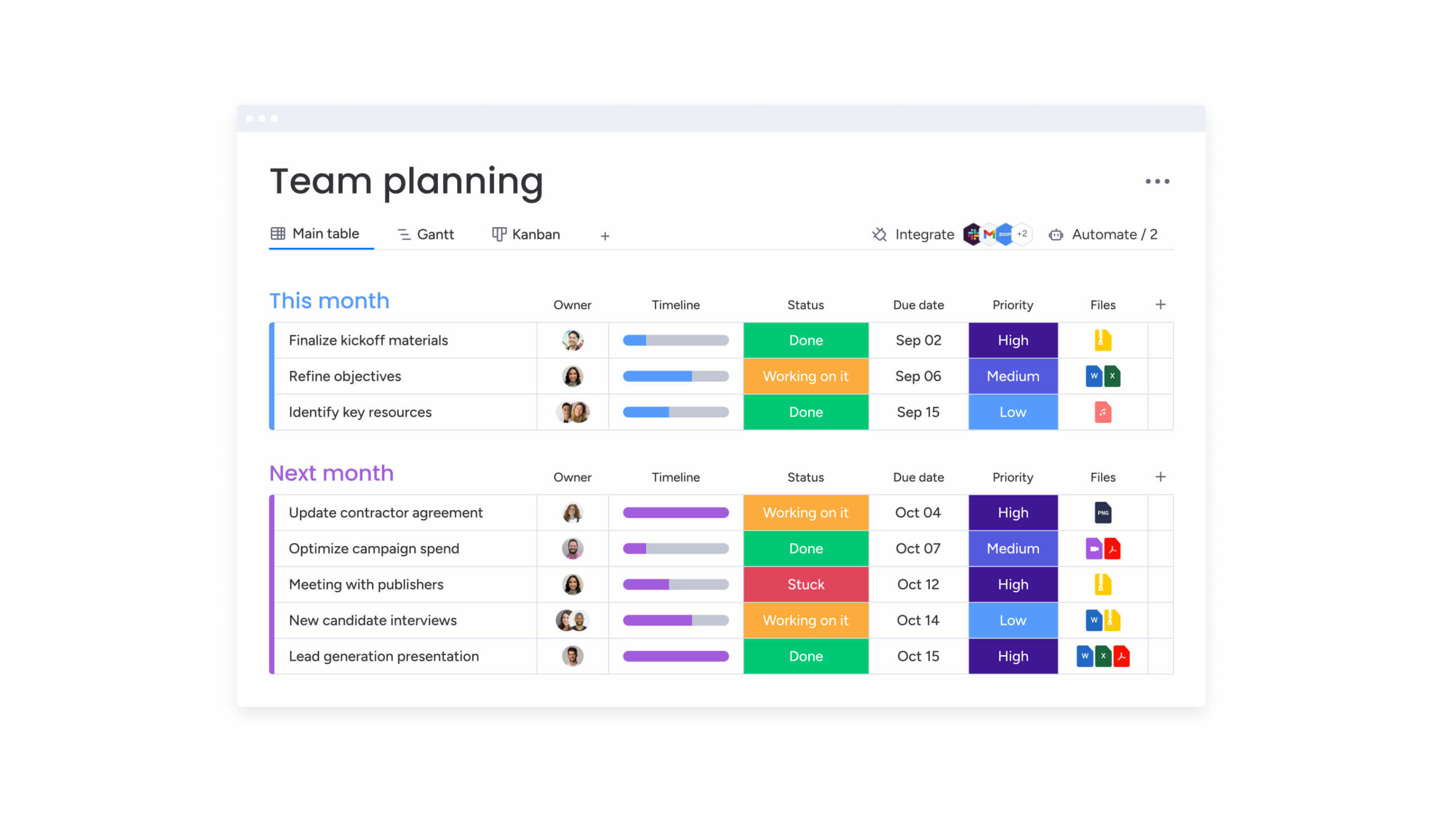
By visually prioritizing tasks or choices, you can get a better overview of how a certain choice can impact the overall project so you can begin to gauge outcomes. Alongside these tools, you can also use strategies like the Pareto principle or a decision matrix to prioritize options and narrow down your list of choices to identify the strongest options.
Get startedMove beyond decision fatigue with monday work management
monday work management is a platform that helps teams communicate, collaborate, and manage their projects in one place. With hundreds of templates for boards ready to go, teams can customize how they view and manage their work to make it easier to tackle tasks and track project progress.
For team members who struggle with decision fatigue, monday work management is a great platform that provides the framework and features necessary to make the decision-making process smoother. Here’s a look at just a few of the features that help in making better choices:
Automate the busy work
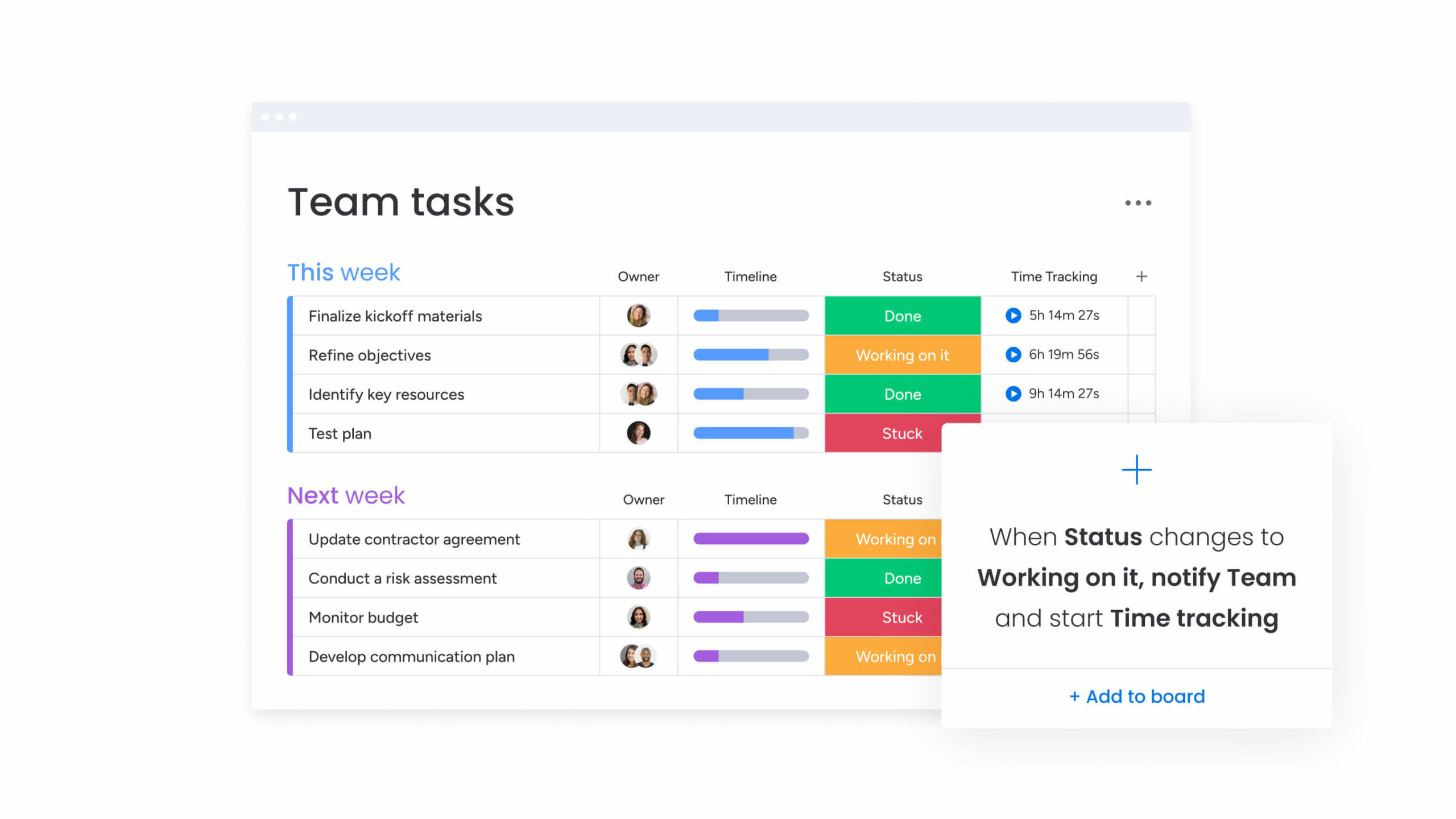
Build custom no-code automations to get rid of smaller, repetitive, and time-consuming tasks. You can create automations to set reminders and notifications on deadlines for when decisions need to be made or when a task’s priority shifts. This way you can focus on making tough decisions rather than worrying about the smaller tasks.
Advanced insights and analytics
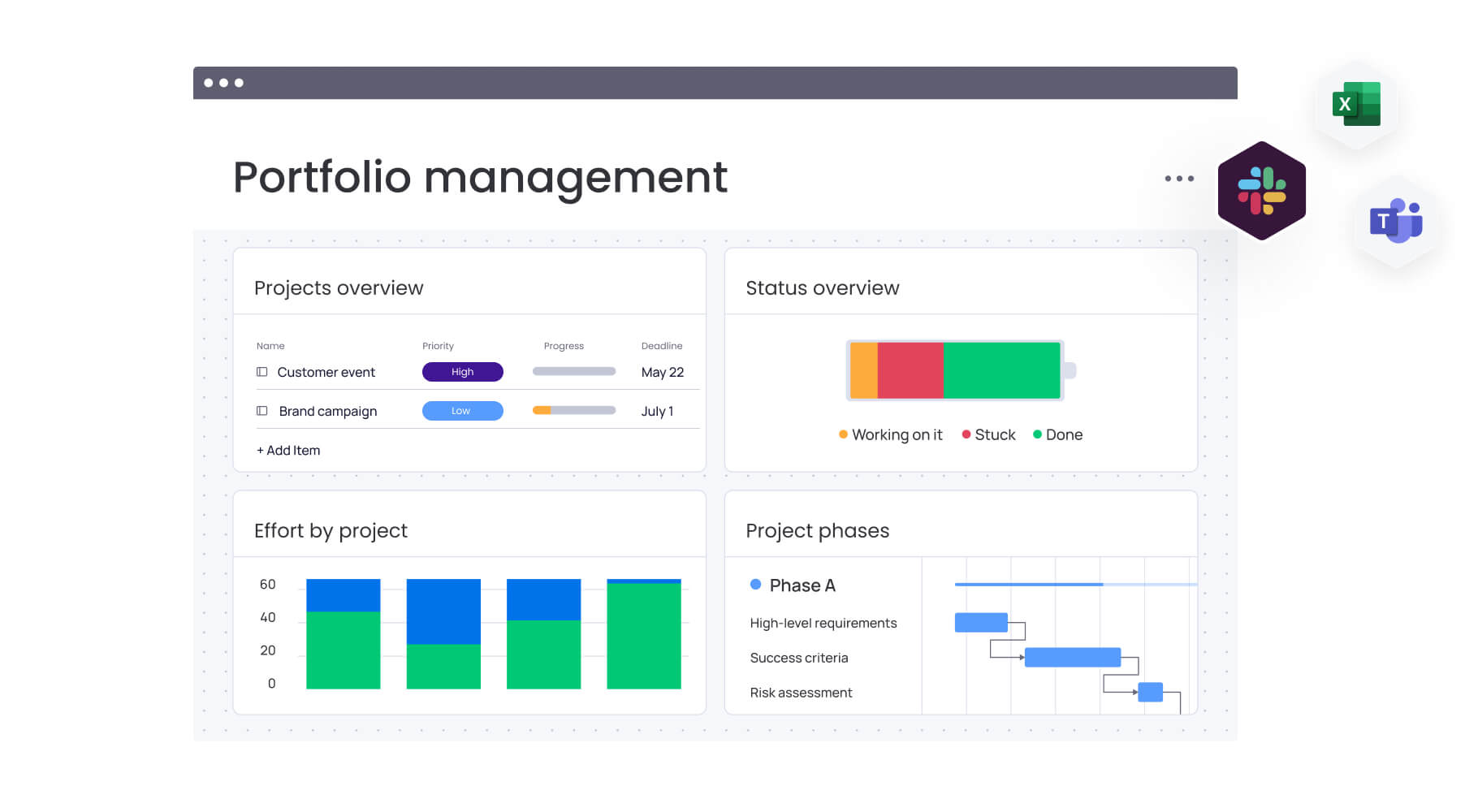
Turn to reliable data from your work to inform future decisions. With monday work management, you can gather visual reports on project progress, budgets, work distributions, and more to learn more about the impact specific tasks and decisions had on your workflow. Armed with this data, you can make quicker, more reliable decisions in the future when similar situations arise.
Visualize and prioritize tasks
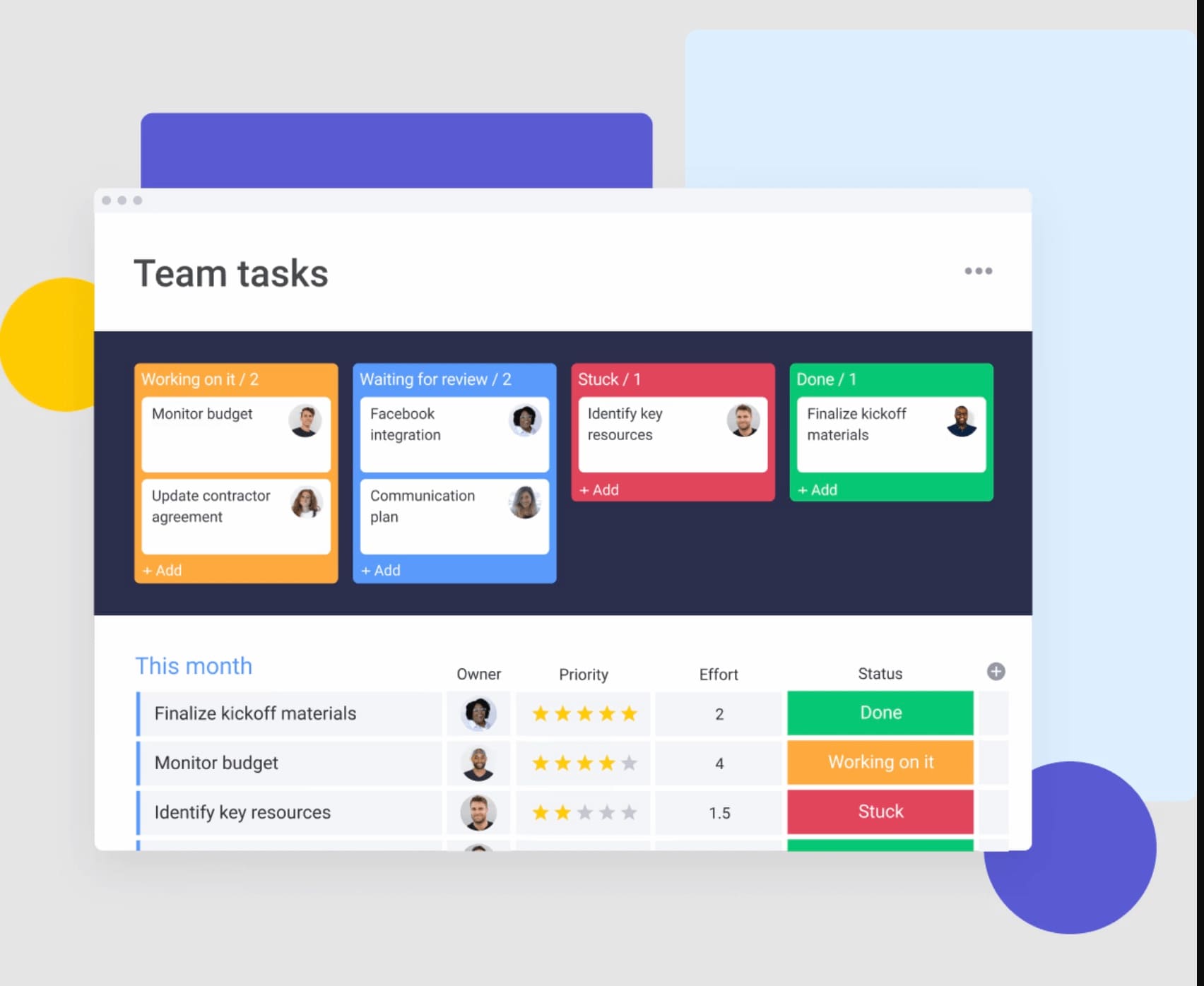
monday work management allows you to visualize your projects in over 27 different work views, such as Gantt, Kanban, Timeline, Calendar, and more. By testing out how your work looks on different views, you can test out which methodology or workview works best for your project as well as visualize how tasks are prioritized for quicker decision-making.
Get startedThe obvious choice: a reliable work management platform
Along with the other tips we covered here, implementing a work management platform to inform and assist in decision-making is an obvious choice. With a platform like monday work management on your side, you can take some of the guesswork out of making daily decisions. With monday work management, you can spend more time focusing on your choice’s impact and outcomes and feel more confident in the decisions you make.
FAQs
What is analysis paralysis a symptom of?
Analysis paralysis can sometimes be seen as a symptom of anxiety, ADHD, or depression. While not always the case, the fear that comes with making the wrong choice may be traced back to deeper mental health issues.
What is an example of analysis paralysis in real life?
An example of analysis paralysis in real life is researching and comparing details of products you want to buy online, but being unable to decide which one to purchase resulting in no purchase at all.
Is analysis paralysis the same as overthinking?
While it doesn’t always lead to indecision, overthinking is very often a part of analysis paralysis where an individual is so focused on overanalyzing choices and the worst case scenario, that they prevent themselves from making a decision.
